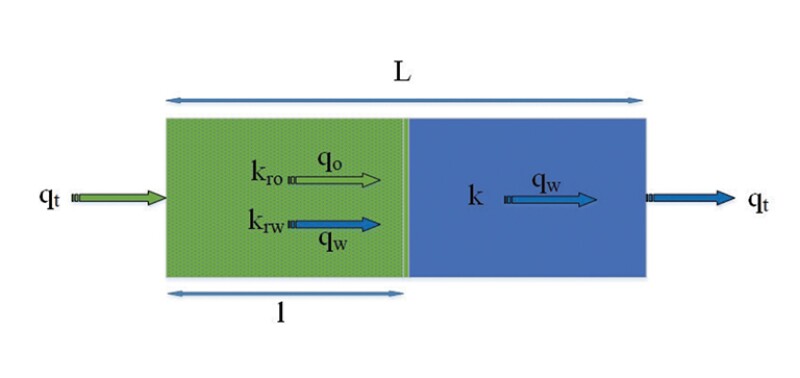Various chemical additives have been proposed recently to enhance imbibition oil recovery from tight formations during shut-in periods after hydraulic fracturing operations. In the complete paper, the authors develop and apply a laboratory protocol mimicking leakoff, shut-in, and flowback processes to evaluate the effects of fracturing-fluid additives on oil regained permeability. A conventional coreflooding apparatus is modified to measure oil effective permeability (koeff) before and after the surfactant-imbibition experiments.
Methodology
Proposed Technique for Measuring Oil Effective Permeability. Despite the simplicity of the steady-state method, measuring permeability of tight rocks with this technique is challenging because of its time-consuming nature and the fact that accurate measurement is necessary of extremely low flow rates corresponding to low injectivity of tight rocks.


